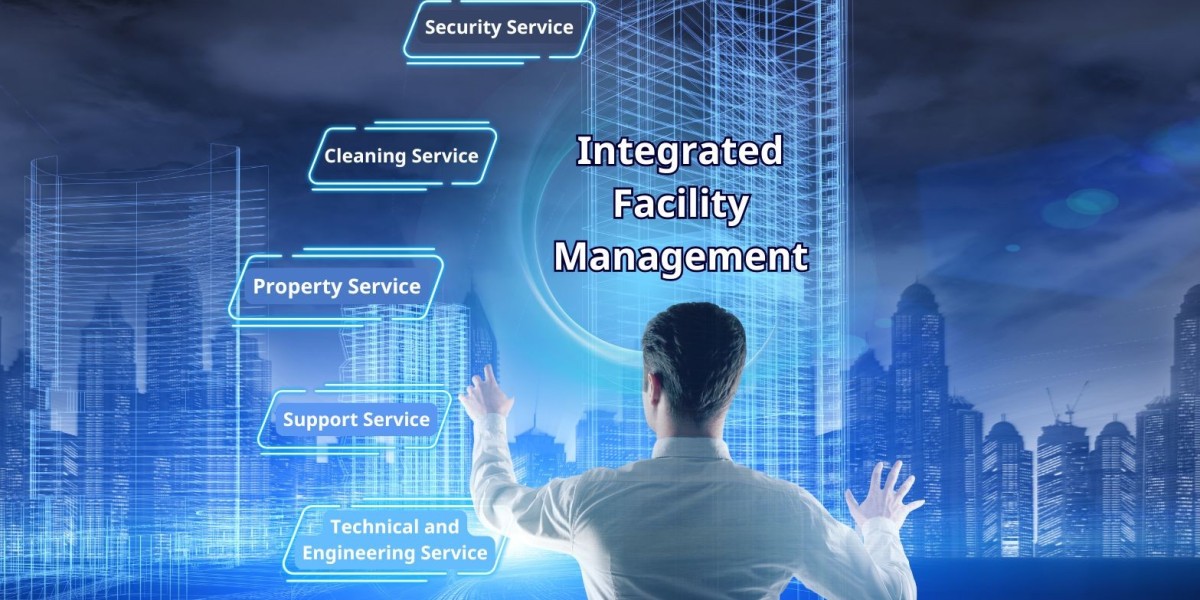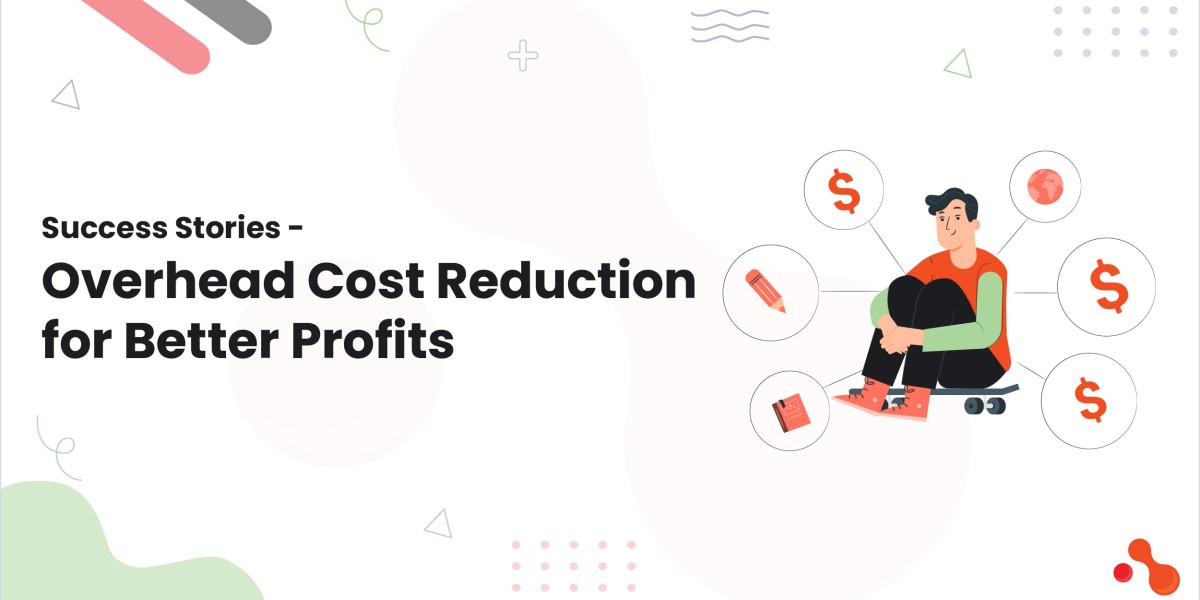Facility management is a critical yet often overlooked aspect of running a business or maintaining a property. Whether it’s a commercial building, an educational institution, or a healthcare facility, efficient management ensures that operations run smoothly, resources are optimized, and costs are kept under control. In this comprehensive guide, we’ll explore what a facility management program entails, delve into the concept of integrated facility management (IFM), and highlight its benefits for businesses and property owners.
What is Facility Management?
Facility management encompasses a wide range of activities and responsibilities aimed at ensuring the functionality, safety, and sustainability of a built environment. This includes managing:
- Building maintenance
- Space planning
- Security systems
- Cleaning and janitorial services
- HVAC systems
- Energy efficiency programs
- Compliance with health and safety regulations
Facility management is essential for organizations looking to provide a safe, productive environment for employees, customers, and other stakeholders.
Key Components of a Facility Management Program
- Preventive Maintenance: A good facility management program includes regular inspections and maintenance schedules to prevent equipment breakdowns and costly repairs. This might involve:
- Routine HVAC servicing
- Plumbing checks
- Electrical system audits
- Space Management: Efficient use of space can significantly enhance productivity and reduce costs. Space management tools and software can help allocate resources effectively.
- Energy Management: Sustainability is a growing concern for many organizations. Facility managers often implement energy-saving measures like LED lighting, smart thermostats, and solar panels.
- Vendor and Contractor Management: Facilities often rely on third-party vendors for specialized services. Effective facility management includes overseeing contracts, ensuring quality, and managing costs.
- Health and Safety Compliance: Ensuring compliance with local laws and regulations is critical. This includes fire safety, emergency preparedness, and workplace ergonomics.
Understanding Integrated Facility Management (IFM)
Integrated Facility Management is a more holistic approach to managing facilities. Unlike traditional models that involve multiple service providers, IFM consolidates all facility management services under a single contract or provider. This streamlines operations, improves efficiency, and reduces costs.
How IFM Differs from Traditional Facility Management:
Traditional Facility Management | Integrated Facility Management |
Multiple service providers | Single provider |
Fragmented operations | Unified processes |
Higher administrative burden | Simplified management |
Benefits of Integrated Facility Management
- Cost Efficiency: Consolidating services often leads to bulk pricing and fewer redundancies.
- Streamlined Communication: With a single point of contact, communication is more straightforward, reducing delays and misunderstandings.
- Enhanced Accountability: A single provider is responsible for all services, ensuring better quality and accountability.
- Improved Data Management: Integrated systems offer real-time data on maintenance schedules, energy usage, and more, aiding in informed decision-making.
- Scalability: IFM solutions can easily adapt to the growing needs of an organization.
Steps to Implement a Facility Management Program
1. Assessment of Needs
Begin by evaluating the current state of your facilities. Identify areas for improvement, such as outdated equipment, energy inefficiencies, or compliance gaps.
2. Define Objectives
Establish clear goals, whether it’s reducing energy consumption, improving safety protocols, or enhancing employee satisfaction.
3. Select the Right Tools
Utilize technology like Computerized Maintenance Management Systems (CMMS) or Integrated Workplace Management Systems (IWMS) for efficient planning and execution.
4. Choose Service Providers
For IFM, select a provider with a proven track record and expertise in managing facilities similar to yours.
5. Training and Development
Train your staff on the new systems and procedures to Facility Maintenance Management System ensure smooth implementation.
6. Monitor and Evaluate
Regularly assess the effectiveness of your program through key performance indicators (KPIs) such as energy savings, maintenance costs, and employee feedback.
Best Practices in Facility Management
- Leverage Technology: Utilize IoT devices for real-time monitoring and predictive maintenance.
- Focus on Sustainability: Adopt eco-friendly practices to reduce your carbon footprint.
- Engage Stakeholders: Involve employees, tenants, and other stakeholders in decision-making processes.
- Plan for Emergencies: Have a robust disaster recovery plan in place to handle unforeseen events.
- Regular Audits: Conduct routine audits to ensure compliance and identify areas for improvement.
Challenges in Facility Management
While facility management offers numerous benefits, it is not without its challenges:
- Budget Constraints: Balancing cost-efficiency with quality can be difficult.
- Technological Adoption: Implementing new systems requires time, training, and investment.
- Regulatory Compliance: Keeping up with ever-changing laws and regulations can be overwhelming.
- Data Security: With increased reliance on technology, protecting sensitive data is crucial.
- Workforce Management: Managing diverse teams and contractors can be complex.
Facility Management in Different Industries
1. Healthcare
- Focus on sanitation, safety, and regulatory compliance.
- Utilize advanced HVAC systems for air quality control.
2. Education
- Emphasis on space utilization and energy efficiency.
- Ensure safe and secure environments for students and staff.
3. Corporate Offices
- Prioritize employee comfort and productivity.
- Use technology to manage flexible workspaces.
4. Retail
- Efficient space planning to maximize revenue.
- Regular maintenance to enhance customer experience.
Tools and Software for Facility Management
Several tools and software can enhance your facility management program:
- CMMS (e.g., Maintenance Connection): For scheduling and tracking maintenance activities.
- IWMS (e.g., Archibus): For integrated workplace management.
- Energy Management Software (e.g., Enertiv): For monitoring energy consumption.
- Building Automation Systems (e.g., Honeywell): For automating HVAC, lighting, and security systems.
Final Thoughts
A robust facility management program is essential for ensuring the smooth operation of any organization. integrated facility management takes this a step further by consolidating services, reducing costs, and improving efficiency. Whether you’re managing a single building or a portfolio of properties, adopting best practices and leveraging technology can make a significant difference.
Naijamatta is a social networking site,
download Naijamatta from Google play store or visit www.naijamatta.com to register. You can post, comment, do voice and video call, join and open group, go live etc. Join Naijamatta family, the Green app.
Click To Download


